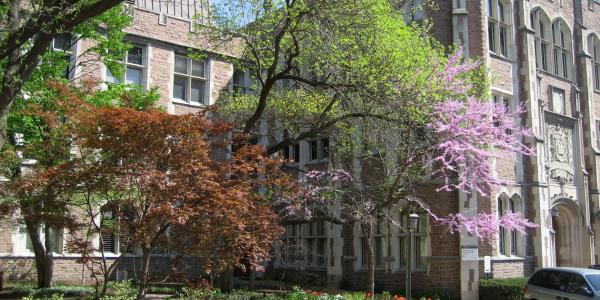A genomic ecosystem of transposable elements in maize
Stitzer is a postdoctoral fellow at Cornell University, working with Cedric Feschotte and Ed Buckler. She graduated from the Population Biology Graduate Group at UC Davis with a PhD in 2019, where she worked with Jeff Ross-Ibarra in the Department of Evolution and Ecology.
"I am interested in the evolutionary forces acting on and enacted by transposable elements in plant genomes. Most of my work involves the genus Zea, which includes maize and wild relatives collectively called teosintes. Transposable elements were first discovered in maize, due to the dramatic and unexpected spots and speckles they caused on kernels when they jumped in and out of anthocyanin genes during development. Although the extent of transposable elements was unknown upon their discovery, now, DNA derived from transposable elements is known to make up 85% of the maize genome. How do these exceptional mutagens persist? What forms of regulation and cooperation have evolved between transposon and host? Between different kinds of transposable elements? How can knowledge of these interactions be leveraged in agricultural systems?" LEARN more
